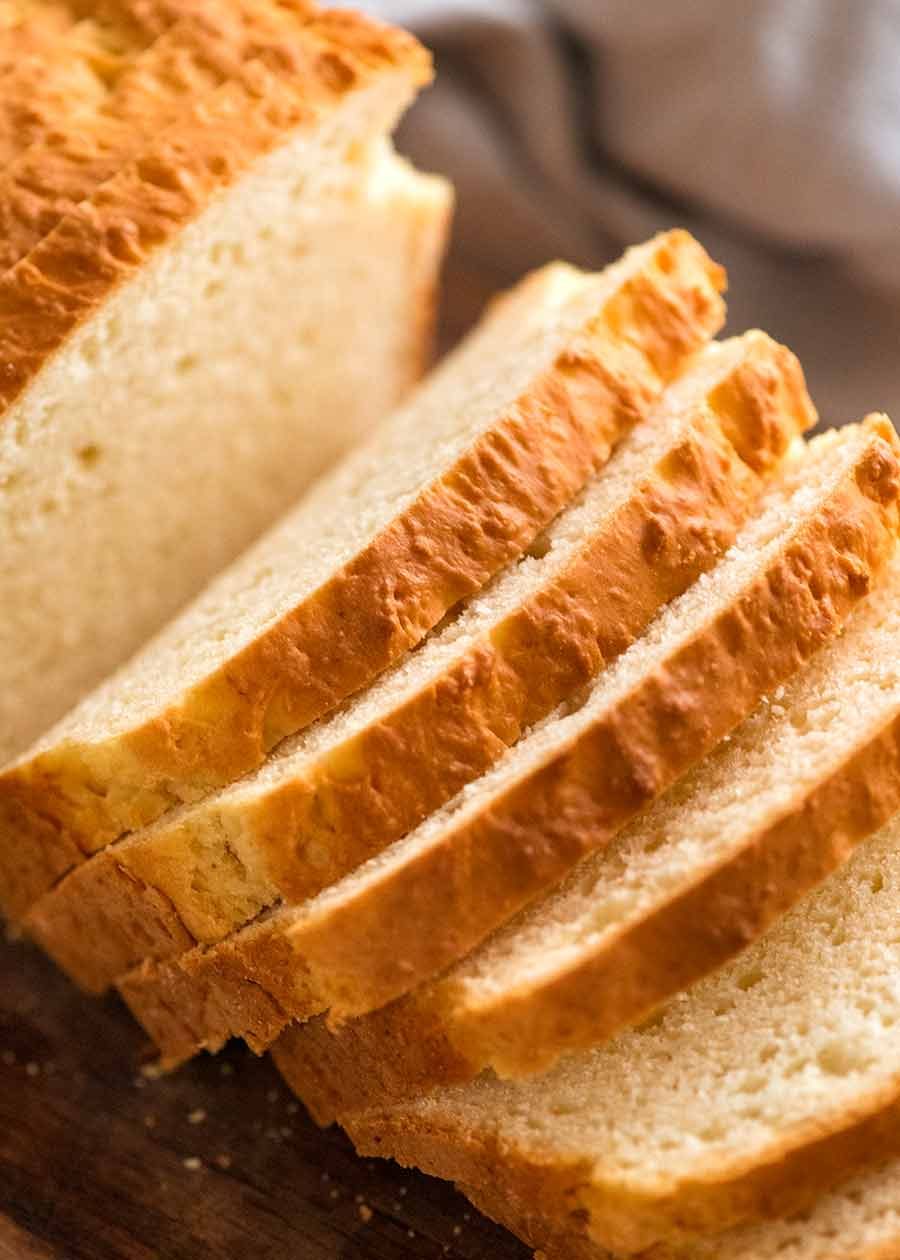Apply Now
Effective Ways to Multiply Mixed Fractions: Simple Steps for 2025
Mixed fractions, or mixed numbers, are commonly encountered in everyday life, from recipes to measurements. Understanding how to multiply mixed fractions is a vital skill for students and adults alike, enabling them to tackle various arithmetic operations effectively. This comprehensive guide will delve into the methods for multiplying mixed fractions, helping you grasp the necessary steps to simplify the process.
Benefits of learning how to multiply mixed fractions include improved math skills, confidence in handling more complex problems, and practical applications in daily life. By employing clear visual models and step-by-step instructions, anyone can learn to navigate this topic seamlessly.
In the following sections, we will explore the process of converting mixed fractions to improper fractions, highlight common mistakes to avoid, and provide practical examples to solidify your understanding. As we delve deeper, you will also find resources and tools to aid in your fraction calculations. Let's embark on this journey to mastering mixed number multiplication!
Converting Mixed Numbers to Improper Fractions
To multiply mixed fractions effectively, it's essential to convert them into improper fractions. An improper fraction has a numerator greater than or equal to its denominator, making it easier to handle during multiplication.
Step-by-Step Process for Conversion
To convert a mixed number into an improper fraction, follow these simple steps:
1. Multiply the whole number part by the denominator of the fraction.
2. Add the numerator to this product.
3. Place the result over the original denominator.
For example, let's convert the mixed number \(2 \frac{3}{4}\) into an improper fraction:
- Multiply \(2\) (whole number) by \(4\) (denominator): \(2 \times 4 = 8\).
- Add \(3\) (numerator): \(8 + 3 = 11\).
- Place it over \(4\): \(\frac{11}{4}\).
By mastering this conversion, you simplify the multiplication process significantly.
Visualizing Mixed Fractions
Using visual aids can greatly enhance understanding of mixed fractions. Diagrams or models can represent how mixed numbers consist of whole numbers and fractions. For students, visualizing fractions as portions of whole objects, like pizza slices, can facilitate the learning process.
Consider exploring visual fraction models found online to further aid comprehension. Tools like fraction circles or pie charts can provide context when grappling with mathematical concepts.
Multiplying Mixed Fractions Explained
With improper fractions in hand, we can proceed to multiplication. The process is straightforward but requires careful attention to detail.
Multiplication Steps for Mixed Fractions
The steps for multiplying mixed fractions are:
1. Convert both mixed fractions to improper fractions.
2. Multiply the numerators together to get the new numerator.
3. Multiply the denominators together to get the new denominator.
4. Simplify the resulting fraction if possible.
For example, let's multiply \(2 \frac{1}{3}\) and \(1 \frac{1}{2}\):
- Convert:
- \(2 \frac{1}{3} = \frac{7}{3}\)
- \(1 \frac{1}{2} = \frac{3}{2}\)
- Multiply:
- Numerators: \(7 \times 3 = 21\)
- Denominators: \(3 \times 2 = 6\)
Thus, the result is \(\frac{21}{6}\). We can simplify this further to \(3 \frac{1}{2}\).
Common Mistakes in Multiplying Mixed Fractions
Even the best students can stumble when multiplying mixed fractions. Here are some common pitfalls to avoid:
1. **Neglecting Conversion**: Always convert mixed numbers to improper fractions before multiplying.
2. **Forgetting to Simplify**: After obtaining the product, it's essential to simplify if possible to present the answer in its simplest form.
3. **Improper Handling of Whole Numbers**: Keeping track of whole numbers during the conversion process can be challenging; thus, double-checks are vital.
Avoiding these common mistakes will enhance accuracy and confidence in arithmetic operations.
Simplifying Results in Mixed Fraction Multiplication
After multiplying mixed fractions, it's crucial to simplify the results to ensure clarity and understanding.
Steps to Simplifying Mixed Fractions
1. Divide the numerator by the denominator to find the whole number.
2. The remainder becomes the new numerator, and the denominator remains the same.
3. Write the mixed number combining the whole number and the fraction.
Utilizing the previous example of \(\frac{21}{6}\):
- Divide \(21\) by \(6\): \(21 \div 6 = 3\) with a remainder of \(3\).
- Thus, \(\frac{21}{6} = 3 \frac{3}{6}\), which simplifies to \(3 \frac{1}{2}\).
Harnessing these simplification techniques can bolster one’s ability to work effectively with mixed fractions.
Practical Applications of Mixed Fraction Multiplication
Understanding mixed fraction multiplication has significant implications in real life.
Everyday Uses of Mixed Fraction Multiplication
1. **Cooking and Baking**: Recipes often call for mixed numbers, and being able to multiply these allows for easy scaling of recipes.
2. **DIY Projects**: When measuring materials, mixed numbers are prevalent, necessitating multiplication for quantities.
3. **Finance**: Calculating discounts and interest rates can often involve fractions and mixed numbers.
By seeing the real-world utility of these skills, students remain engaged and motivated to master multiplication of mixed fractions.
Educational Resources for Multiplying Fractions
Numerous online tools and resources make learning about mixed fractions more engaging:
- **Interactive Fraction Calculators**: Many websites provide built-in calculators for fraction operations.
- **Worksheets**: Look for worksheets dedicated to multiplying fractions to reinforce concepts.
- **Online Math Tutorials**: Video tutorials can visually and audibly teach multiplication techniques for mixed fractions.
These resources can foster a vibrant learning environment, catering to diverse learning styles.
Frequently Asked Questions About Mixed Fractions
Following this guidance, you’ll likely have some questions about multiplying mixed fractions.
Common Queries and Solutions
**Q: How can I check my answers when multiplying mixed fractions?**
- A: Cross-check by reversing the process. If you converted to an improper fraction, multiply it back to determine whether it returns to the original mixed number.
**Q: Are there calculators specifically for fractions?**
- A: Yes, many online tools are available, such as fraction calculators that simplify fractions, perform operations, and even graph fractions visually.
**Q: How can I help my child overcome difficulties with fractions?**
- A: Use visual aids like pizza slices and engage them with fun fraction-related activities to enhance understanding.
By addressing these common queries and providing solutions, you can clarify any lingering uncertainties surrounding this topic.

